En 1991, le groupe d’Athens quitta définitivement le circuit indé pour devenir ce que l’on sait grâce à l’album Out Of Time. Enregistré dans trois studios différents, il est un prélude aux futures explorations du groupe. Avant de redevenir plus rock avec Monster (1994), R.E.M. écrit un album clair-obscur en 1992. Automatic For People renforça le statut du groupe ainsi que son propos. Cet album fut lui aussi un voyage. Enregistré dans quatre studios, ce disque fut produit par le fidèle Scott Litt et enregistré par Clif Norrell. Ce dernier a accepté de nous raconter, vingt-cinq après, l’enregistrement de ce disque.
Comment as-tu rencontré les membres de R.E.M. ?
Clif Norrell : J’avais travaillé avec le producteur Scott Litt en tant qu’ingénieur pendant quelques années avant de travailler sur Automatic For People. Nous avions notamment travaillé sur les disques d’Indigo Girls et des The Replacements. Nous formions une bonne équipe… Il m’a alors demandé de travailler avec lui sur cet album de R.E.M.. Je l’ai rejoint avec le groupe à Athens (Georgie) pour commencer à travailler sur l’album. J’ai rencontré le groupe aux John Keane Studios où il finissait d’enregistrer des démos. J’ai ainsi pu me familiariser avec le groupe et leur matériel pour pouvoir assurer une transition en douceur entre l’enregistrement des démos et celui de l’album.
Discographie
R.E.M.R.E.M. – Man On The Moon
Comment s’est déroulé l’enregistrement d’Automatic for People ? Ce fut facile ?
Enregistrer un album n’est jamais une chose facile. Celui-ci n’a pas fait l’objet d’une lutte acharnée ! Le groupe est composé de musiciens incroyables et Michael est l’un de ces rares chanteurs a pouvoir rendre en une prise une chanson émouvante. Nous avons également eu le luxe de travailler dans des studios qui étaient très prestigieux. On nous a aussi octroyé du temps supplémentaire pour tester différentes idées et tenter de nouveaux arrangements. Les conditions étaient donc optimales. Nous n’avions aucune pression et aucune limite nous a été imposé. Le groupe était à son apogée créative et il suivait son instinct en faisant la musique qu’il avait envie de faire. Ce fut très amusant et enrichissant pour nous tous de travailler sur cet album.
Quels sont tes meilleurs souvenirs de cet enregistrement ?
J’ai tellement de bons souvenirs de cet album. Nous avons commencé à la Nouvelle-Orléans pendant la période du Mardi-gras, aux Kingsway Studios de Daniel Lanois. Ce studio est un manoir dans le quartier français. Travailler dans ce studio pendant cette période festive fut une expérience fantastique à bien des égards. Le groupe était dans un phase de création intensive.
Tous les studios où nous avons enregistré avec tous leurs caractères. Ce fut très appréciable et cela a contribué à la qualité de l’album. Nous avons disposé d’un environnement isolé dans les montagnes et les forêts du nord de l’État de New York lorsque nous avons enregistré aux Bearsville Studios à Woodstock. Nous avons passé un bon moment à nager lorsque nous avons enregistré au Criteria Studios à Miami. Nous avons également eu l’influence de la scène de Seattle quand nous avons enregistré au Bad Animals Studios. Nous nous sommes tous très bien entendus et nous avons passé de bons moments ensemble quand nous n’étions pas en train d’enregistrer.
Un autre souvenir… Chaque soir, après le dîner, nous faisions des jams dans le studio. Il y avait une règle : nous devions jouer de l’instrument que nous maîtrisions le moins. Ce fut assez drôle et cela a fait l’objet d’une nuit d’enregistrement.
Je n’oublierai jamais aussi le fait d’avoir été la seule personne dans le studio avec Michael quand il a chanté pour la première fois Everybody Hurts. C’était beau et émouvant à la fois. Je suis heureux d’avoir vécu cet instant.
R.E.M. – Everybody Hurts
Quel matériel as-tu utilisé?
Nous avons travaillé dans plusieurs studios bien équipés, mais nous avons aussi apporté beaucoup d’équipement avec nous. Chaque studio avait des consoles d’enregistrement vraiment fantastiques. Le Kingsway avait une console d’API personnalisée, les studios Bearsville et Criteria avaient tous les deux des consoles vintage Neve. Quant aux Bad Animals, ils avaient une console SSL que nous préférions utiliser pour le mix de l’album. Nous avons pratiquement maximisé les capacités de chaque studio que nous avons utilisé. Nous avons fait cela en utilisant toutes les entrées de la console et en utilisant la plupart des micros. Nous voulions disposer de nombreux instruments différents prêts à enregistrer à tout moment. Nous pouvions ainsi être spontanés et enregistrer des choses assez rapidement. Nous avions également beaucoup de claviers installés dans la salle d’enregistrement et dans la salle de contrôle. Nous avions aussi pas mal d’amplis pour la basse et la guitare. Nous avions environs 30 guitares différentes et nous pouvions choisir parmi une vingtaine d’amplis que Peter avait ramenés. Scott et moi avions également apporté certains micros et nos équipements préférés. C’est ainsi que nous avons pu avoir une certaine constance entre les différents studios. Scott a apporté ses micros à lampes Neumann vintage et ses préamplis micro Neve et Focusrite et j’avais un micro vintage AKG C414 que nous avons utilisé pour la plupart des voix de Michael.
R.E.M. – Nightswimming
Quelle est ta chanson préférée de ce disque ? Pourquoi ?
C’est vraiment difficile de choisir. Je crois que je ne peux pas choisir. J’aime toutes ces chansons car elles m’offrent un équilibre parfait entre l’obscurité et la lumière, la mélancolie et l’espoir. Elles contiennent une certaine tristesse mais elles n’en sont pas pour autant déprimantes. Elles montrent toujours la lumière au bout du tunnel. Elles vous font vivre un beau voyage, rempli d’émotions. Tu peux voyager soit en écoutant l’album en entier soit en écoutant une seule chanson.
R.E.M. - Automatic For People
Automatic For People de R.E.M. est disponible via UMC.
Retrouvez le travail de Clif Norrell sur son site officiel.
- Drive
- Try Not to Breathe
- The Sidewinder Sleeps Tonite
- Everybody Hurts
- New Orleans Instrumental No. 1
- Sweetness Follows
- Monty Got A Raw Deal
- Ignoreland
- Star Me Kitten
- Man on the Moon
- Nightswimming
- Find the River
- Drive
- Monty Got A Raw Deal
- Everybody Hurts
- Man On The Moon
- Losing My Religion
- Country Feedback
- Begin The Begin
- Fall On Me
- Me In Honey
- Finest Worksong
- Love Is All Around
- Funtime
- Radio Free Europe
- »Drive
English text
Clif Norrell
How did you meet the members of R.E.M. ?
I had been working with producer Scott Litt as engineer and mixer for a few years previous to Automatic For the People on several different album projects, including Indigo Girls and the Replacements, among others. We had a great working relationship and he asked me to work with him on this R.E.M. album, and to join him and the band in Athens, Georgia to start working on the album. I met the band at John Keane’s studio, where they were finishing up recording demos, so that I could get familiar with the band and the material to make it a smooth transition from recording demos to recording the album.
How easy was the recording process of Automatic for People ?
It’s never easy to record an album, but this one wasn’t a struggle at all. The band are all incredible musicians, and Michael is one of those rare singers that can pull off a one take vocal that is an amazing and emotional performance. We also had the luxury of working in several different world class studios and the extra time to experiment with parts, instrumentation, and other ideas. It was really an ideal situation to have all of those elements together, in addition to a band at their creative peak who were just going with their instinct and making whatever music they felt like making, without any limitations or pressure. It was a lot of fun and fulfilling for all of us to work on this album.
What are your best memories of this recording process ?
I have so many great memories of this album. We started in New Orleans during Mardi Gras, at Daniel Lanois’ Kingsway Studio, which was essentially a mansion in the French Quarter, right in the middle of all the festivities. It was a fantastic experience in so many ways, and the band was in such a creative groove. Everywhere else we went to record after that had a distinct and positive character to it that we all enjoyed, which probably contributed to the music and performances on the album. We had an isolated, natural environment in the mountains and forests of upstate New York when we recorded at Bearsville Studio in Woodstock. We had a great time hanging and swimming at the beaches of Miami when we recorded at Criteria Studios there. We also had all the character and incredible music scene of Seattle when we finished the album while working at Bad Animals Studios. We all enjoyed time hanging out together while we weren’t in the studio just experiencing these places, which led to a close knit relationship between all of us, and it was a lot of fun and led to a lot of positive energy while making the album.
Another great experience was every night after dinner, we would all have jams in the studio, where the only rule was that you had to play an instrument that you weren’t that great at. It was so much fun for all of us and always led to a good night of recording afterwards.
I’ll also never forget being the only other person in the room when Michael sang « Everybody Hurts ». Such a beautiful and emotional performance, and I feel very blessed to have had that experience.
Which material did you use (consol desk, amps) ?
We worked in several different well equipped studios, but we also brought a lot equipment with us. Every studio had really fantastic recording consoles. Kingsway had a custom API console, Bearsville and Criteria both had vintage Neve consoles, and Bad Animals had an SSL console, which we preferred for mixing, although we did track there as well. At every studio we worked in, we pretty much maxed out its’ capabilities, using all of the console inputs and most of their microphones, because we wanted to have a lot of different instruments set up and ready to record at all times, so we could be spontaneous and record ideas quickly. We had a lot of keyboards set up in both the live room and the control room, as well as both acoustic and electric set ups for guitar and bass, with a lot of different amps. We had about 30 different guitars and at least 20 amps that Peter owned that we had to choose from. Scott and I also brought in some of our favorite microphones and gear, which also helped the recordings to stay more consistent from studio to studio. Scott brought his vintage Neumann tube mics and Neve and Focusrite mic preamps, and I had a vintage AKG C414 mic which we used for most of Michael’s vocals.
What is your favorite song of this Lp ? Why ?
It’s really hard to pick a favorite, I don’t even think I can. I’ll just say that what I love about all of the songs, is that they strike a perfect balance for me of dark and light, of melancholy and hope. There is a certain sadness to them, but without becoming depressing, while also showing the light at the end of the tunnel. They take you on a beautiful emotional journey, both as individual songs, and as an album as a whole.

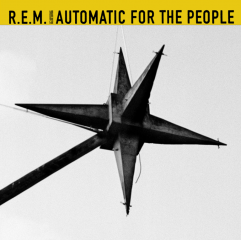
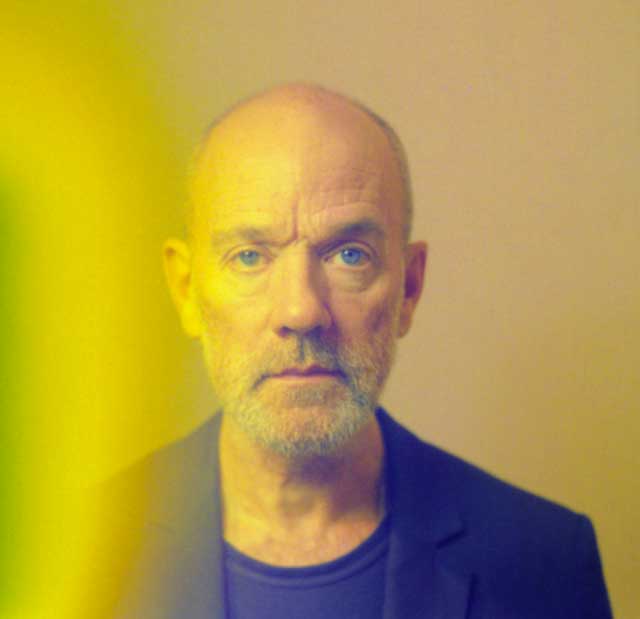
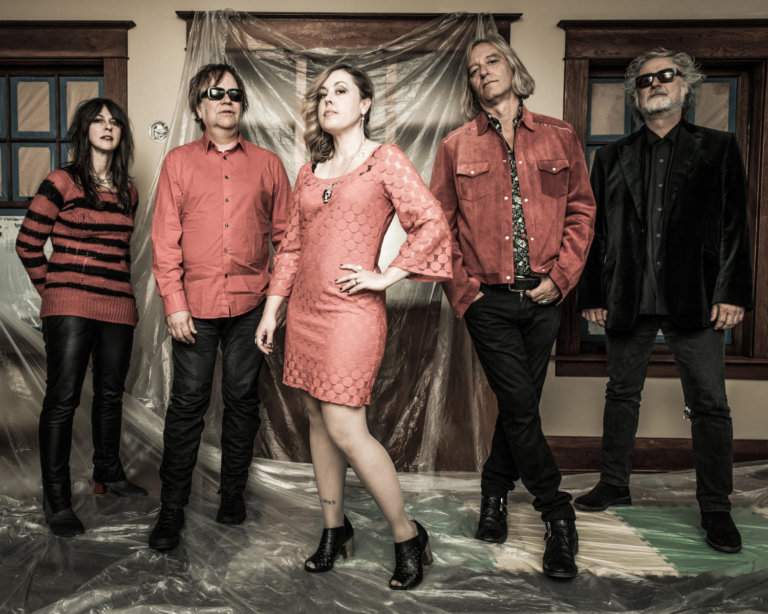
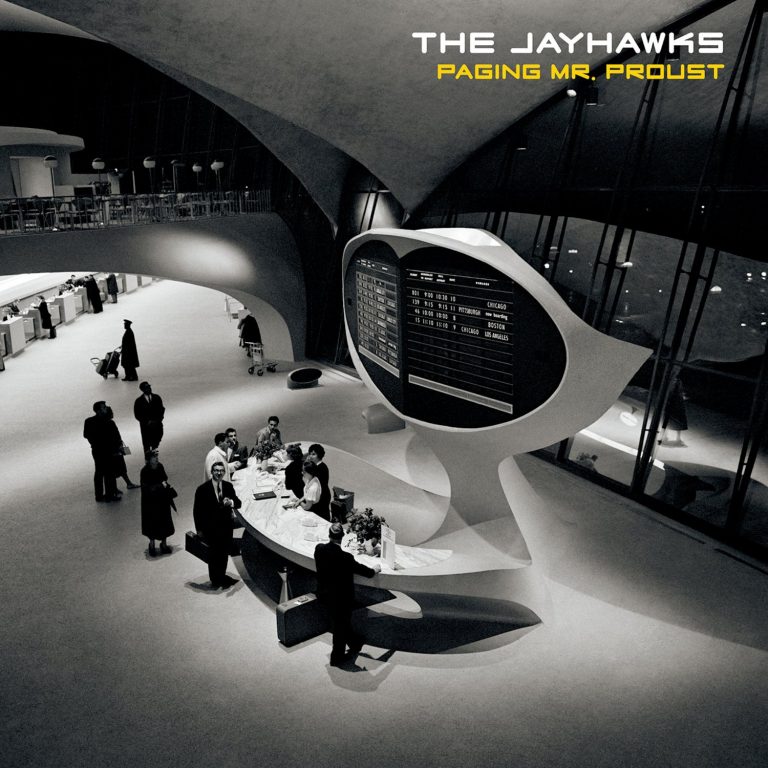
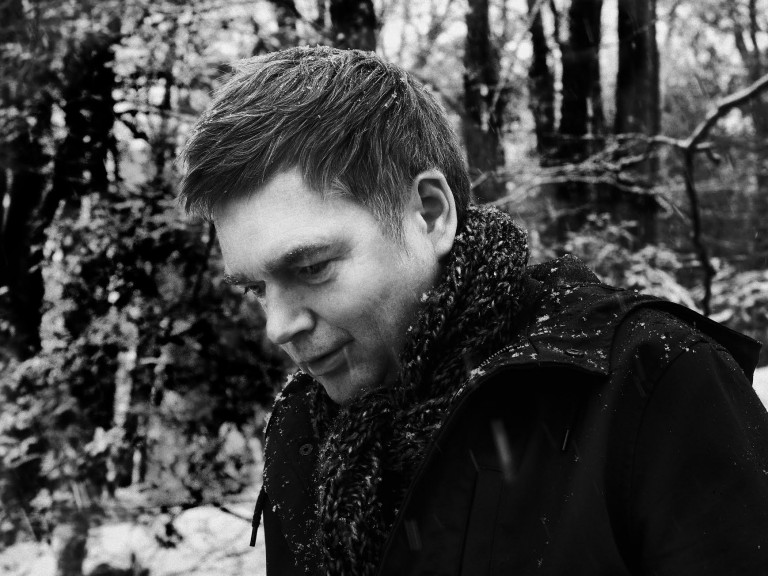
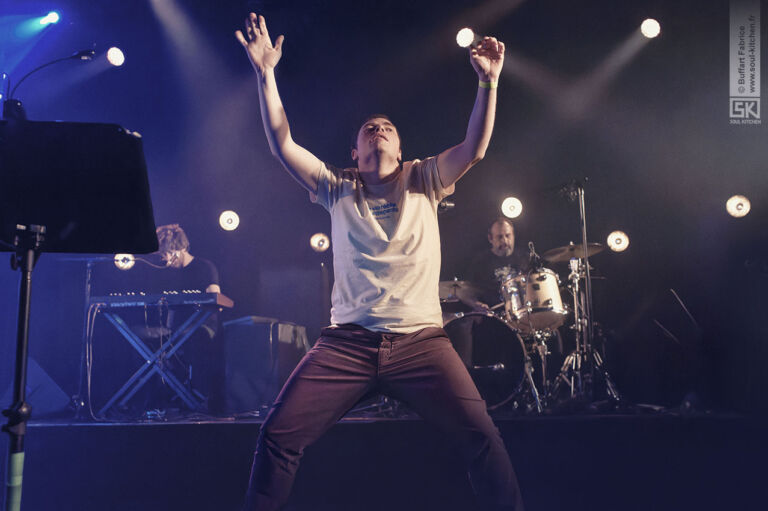
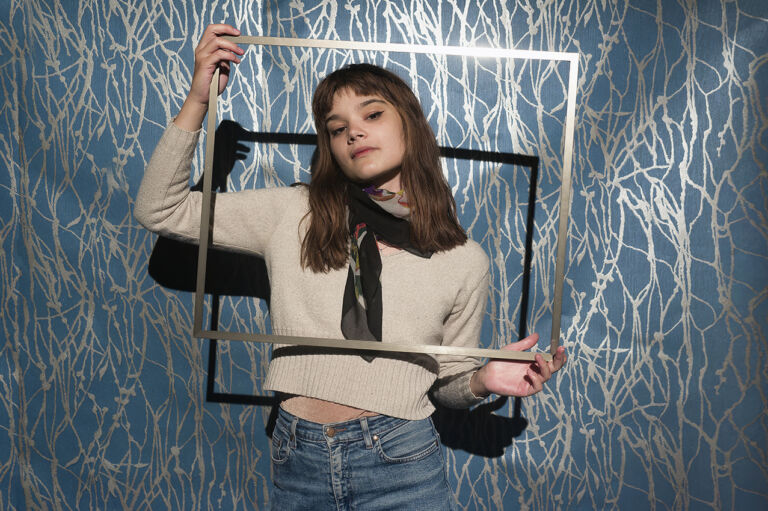
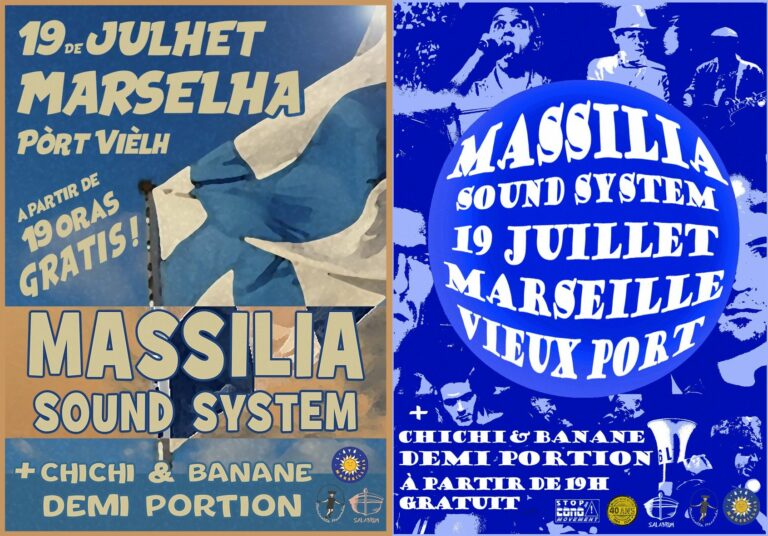
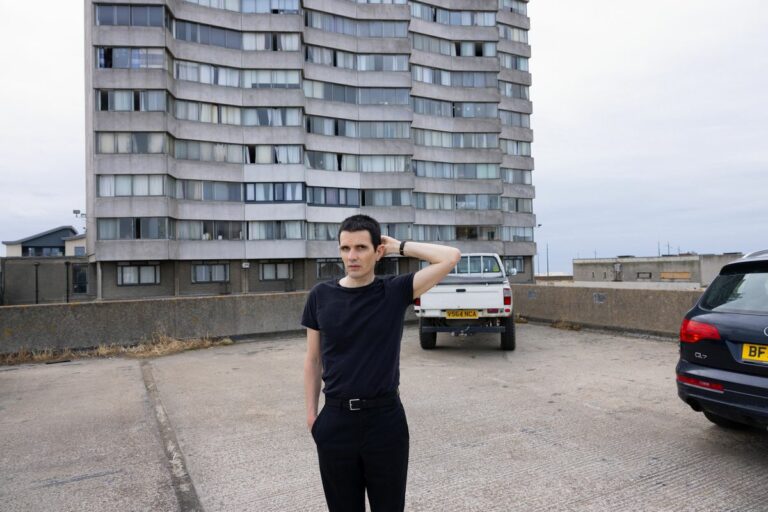
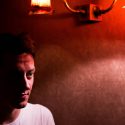 Nord, de l’ombre à la lumière
Nord, de l’ombre à la lumière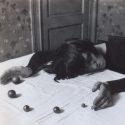 Charlotte Courbe, Scissor Sister
Charlotte Courbe, Scissor Sister